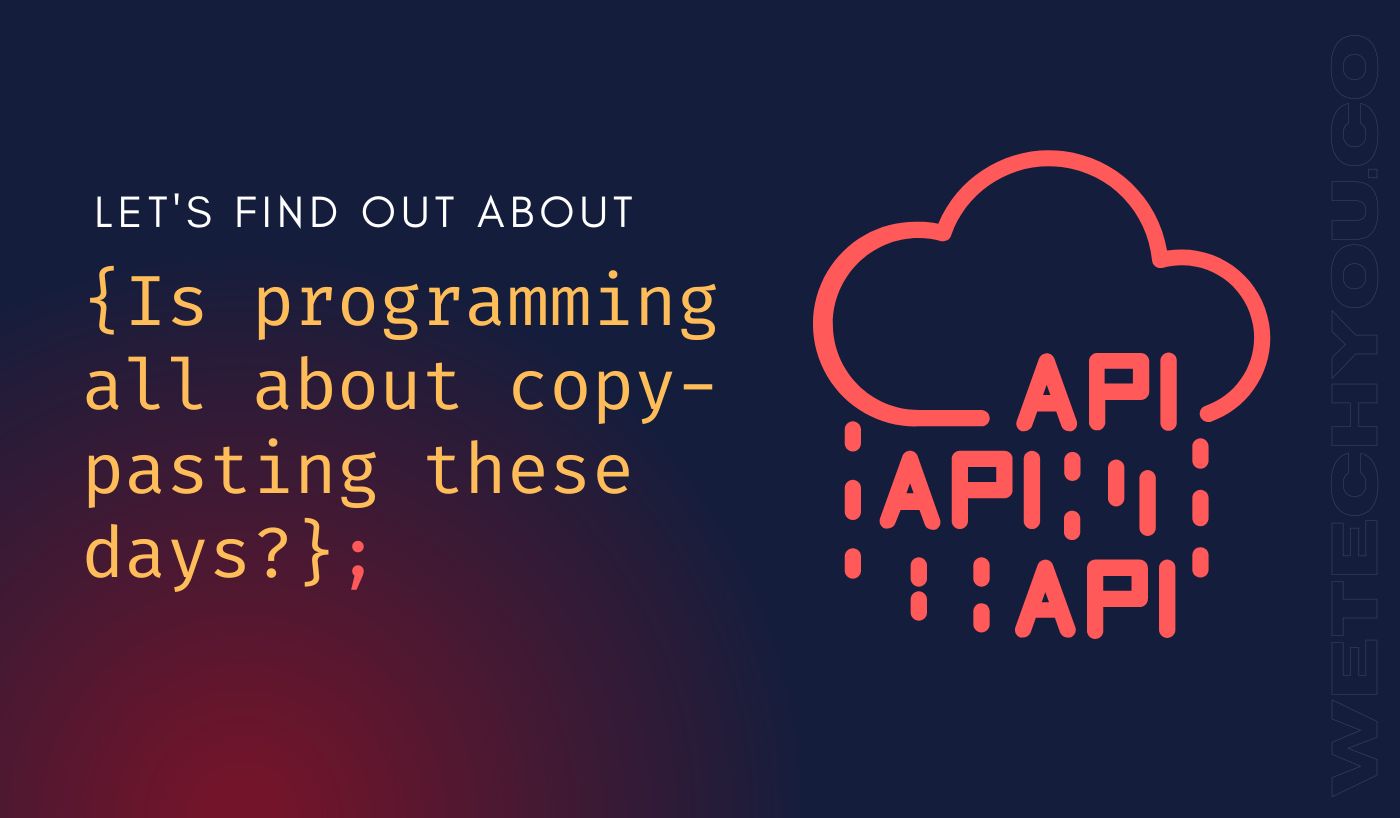Copy and pasting programming is all about producing quick results. It’s about reusing code to save time, money, and effort. Developers have used copy-and-paste techniques to produce applications faster than ever for decades.
But the question remains: Is copying and pasting still popular in today’s programming world? Or, if you don’t understand the code, can you still create a functional application? Or will it just lead to a big mess?
In this guide, we will discuss the pros and cons of copy and pasting programming, whether it should be used for certain projects, and how to use it productively.
What is Copy and Paste Programming?
Copy and paste programming, also known as ‘copy-paste coding’ or ‘copy-pasting,’ is a method of reusing existing code pieces in new programs. It involves selecting a piece of code from an online resource, copying it, and then pasting it into the project you are working on.
Developers widely use this technique as it allows them to quickly reuse code snippets without having to rewrite the same lines of code. It also eliminates the need for debugging and testing, which can be time-consuming and tedious.
What Occurs When You Copy Paste Unfamiliar Codes?
If you are a developer copying and pasting codes, you need to help understand; it can lead to various issues. For example, the code might be incorrect or outdated, which could cause errors in your program. It could also lead to security risks as developers may unknowingly include malicious code in their programs.
Here is what can happen if you try to copy-paste unfamiliar code:
1. Reproducing Bugs
When you copy code, you’re not just copying the good stuff. Bugs tag along too! So your situation might differ even if the code snippet you’re copying seems to work sometimes.
That’s why analyzing the code before blindly copying it is important. Otherwise, you introduce sneaky bugs that can be hard to spot.
There is a huge possibility that you may not find any bugs, or it will cause sufficient issues to impact the program negatively. You may have not copied it correctly, or your pasted code might have overwritten some previous codes.
2. Chasing the Code Ghosts
Copy-pasting code is like walking into a haunted house – you never know what you’ll run into. If you’re copying unfamiliar code, understanding its function and impact can be like chasing ghosts. You might encounter unexpected reactions in your program due to hidden dependencies or contextual nuances in the pasted code.
Moreover, if the copied code is from old sources, you might introduce outdated practices or deprecated functions into your work. It’s always recommended to thoroughly understand the code you’re adding to your project to avoid any unpleasant surprises down the line.
3. Inadequate Reusing
Do you know what is the true asset of the software development process? It is not just only code; it’s reusable code. However, reusing code doesn’t increase productivity; it can even decrease it.
If you copy-paste code without understanding and adapting it to your use case, you’ll introduce a lot of technical debt in the long run. For example, what worked for an old library version might not work in the new version; or some functions might have been deprecated on purpose. So just blindly copying and pasting code isn’t enough.
4. Regulatory Issues
Reusing code is great, but it can also get you in trouble. You must ensure that the code you’re copying complies with all relevant laws and regulations. If you don’t, regulators or security organizations may not approve your program.
You must also ensure you have the proper licenses for using third-party libraries. And if you’re distributing the program, you need to ensure that it meets all licensing requirements – or else you might breach copyright law.
When Should Copy Paste Programming Be Used?
Copy-pasting code is a great way to save time and effort when developing applications. But it should only be used when the code is tried and tested, easily understandable, and compliant with all applicable laws.
Copy-pasting can be a great way to learn how something works. If you take the time to understand the code, it can be a great learning experience. It can also help simplify complex tasks if the copied code is well-structured and commented on.
But at the end of the day, copying and pasting should only be done when necessary; otherwise, you unnecessarily introduce technical debt into your project. That’s why it’s important to always weigh the pros and cons before deciding to copy-paste code.
However, copy-pasting code should not be used for complex projects, as this could lead to bugs and security risks. Understanding and writing the code yourself is best, ensuring your program is secure and bug-free.
How to Use Copy and Paste Programming Productively?
Copy and paste programming should only be used when necessary, as it can quickly get out of hand. To ensure that your program is secure and bug-free, here are some tips on how to use copy-pasting productively:
1. Understand the Code Before You Use It
Always take the time to understand what you’re copying and pasting. This way, you can avoid introducing any pesky bugs into your program. Take a moment to read the code carefully and ensure it applies to your situation before reusing it in your project.
2. Source Your Code Responsibly
Make sure you get your code from reliable sources. That way, you can be sure it’s up to date and follows all the necessary laws. Moreover, don’t forget to check the license before using it in your project!
3. Respect Licenses and Legal Considerations
When you copy and paste code, it’s important to respect the licenses and legal considerations of the code. This way, you can ensure your program complies with all the applicable laws and regulations. Besides, consider copyright laws and third-party licenses when reusing code in your projects.
4. Maintain a Clean Codebase
Keeping things neat in your codebase when copying and pasting code is important. So, make sure to comment on your code and organize it properly. This way, you can easily keep track of all the code you’ve copied and ensure that your program is easy to read and understand.
Pros and Cons of Copy and Paste Programming
Pros and Cons of copy and paste programming include:
Pros
- Quickly reuse code snippets without repeatedly writing the same lines of code.
- It can be a great way to learn and understand existing codes
- Easily simplify complex tasks by copying well-structured and commented codes
- Eliminate the need for debugging and testing, which can be time-consuming and tedious.
Cons
- Introducing bugs and security risks
- Unfamiliarity with the code can lead to mistakes in the program
- Possible copyright infringement if proper licenses are not obtained
- Possible regulatory issues if the code is not compliant with laws and regulations
Conclusion
Copy-paste programming can be a great way to save time and resources when developing applications. But certain risks are associated with copying code, such as introducing bugs or security vulnerabilities. Ensuring the code complies with applicable laws and regulations is also important.
Therefore, it’s important to weigh the pros and cons of copy-pasting code before deciding. The best practice is always to take the time to understand the code, as this ensures that your program is secure and bug-free. That way, you can be sure your program runs smoothly and efficiently.




